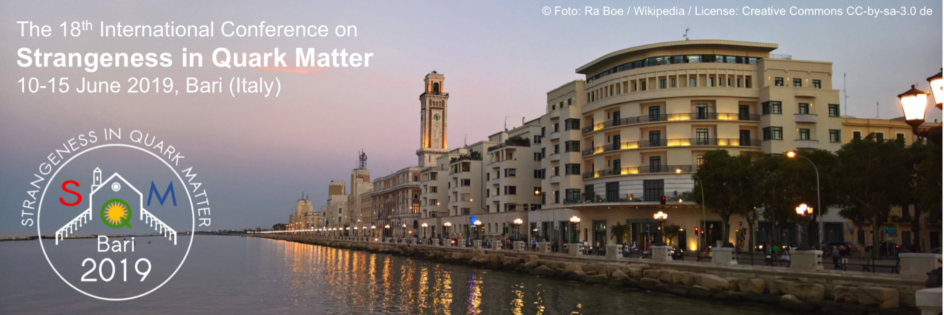Speaker
Description
In the ultra-relativistic heavy-ion collisions provided at the LHC nuclear matter undergoes, under extreme conditions of high temperature and high energy density, a transition to a phase in which quarks and gluons are deconfined: the Quark-Gluon Plasma (QGP). Unlike up and down quarks, which form ordinary matter, strange quarks are not present as valence quarks in the initial state and they are sufficiently light to be abundantly created during the time evolution of the collision. The study of strange and (multi-)strange particles such as K$^{0}_{S}$, $\Lambda$, $\Xi$, $\Omega$ via the measurements of their yields relative to pions yields, offers important and useful tools for the investigation of the QGP. On the other hand recent results about the strangeness production as a function of the multiplicity in small colliding systems has triggered a lot of interest because they show features similar to those observed in Pb-Pb collisions. We report on the measurement of the (multi-)strange hadron production in proton-proton collisions at $\sqrt{s}$= 5.02 TeV as a function of the multiplicity. The results are based on the analysis of the data sample collected in 2017 with the ALICE detector. This new results on (multi-)strange production in this collision system provide also an important reference for the measurement available in Pb-Pb collisions at the same energy.
| Track | Strangeness and Light Flavour |
|---|---|
| Collaboration name | ALICE |
